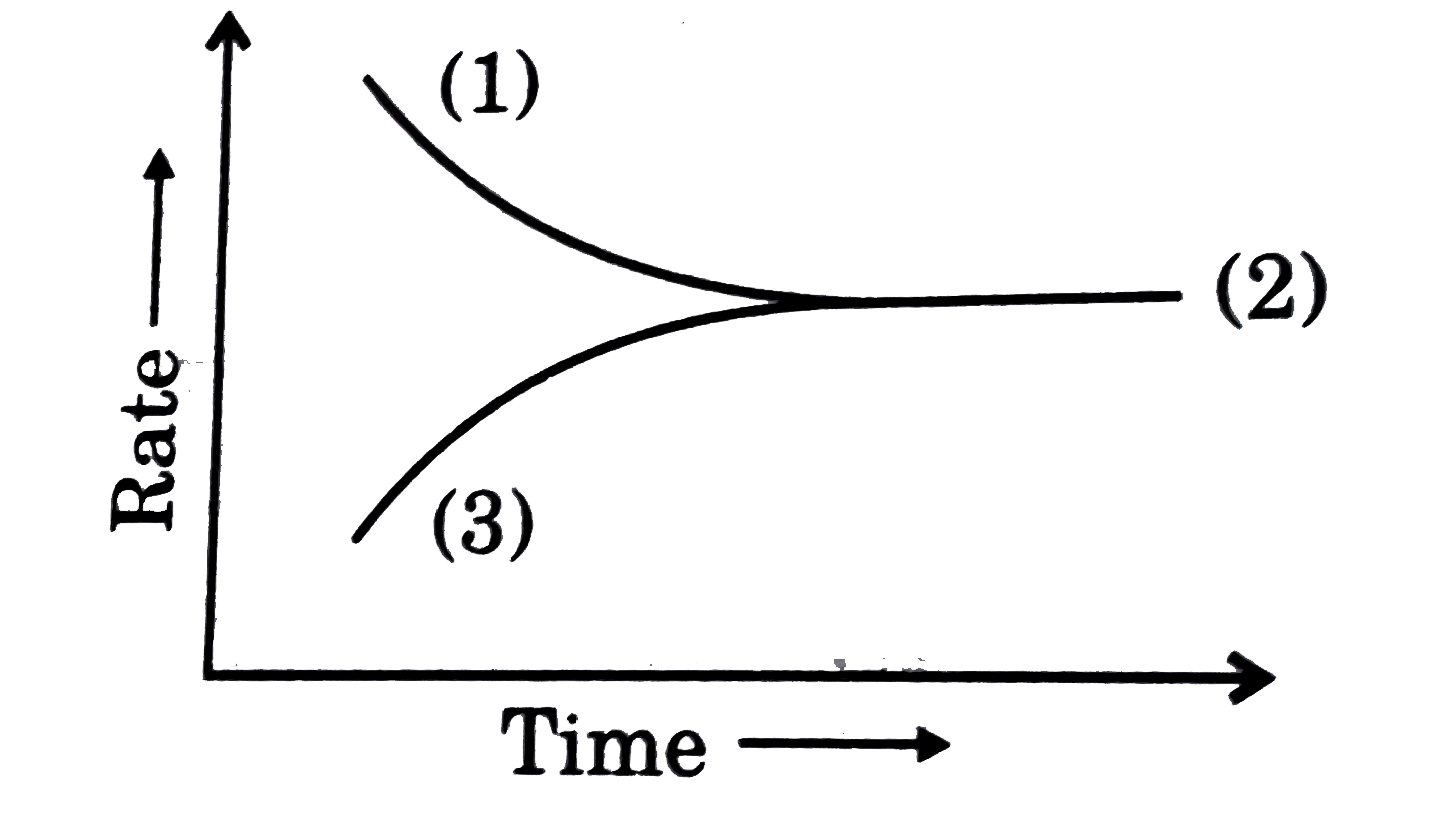A
B
C
D
Text Solution
Verified by Experts
The correct Answer is:
|
Topper's Solved these Questions
GRAPHICAL INTERPRETATION
GRB PUBLICATION|Exercise Chemical Equilibrium|36 VideosView PlaylistGRAPHICAL INTERPRETATION
GRB PUBLICATION|Exercise H. Chemical Kinetics|1 VideosView PlaylistGRAPHICAL INTERPRETATION
GRB PUBLICATION|Exercise Ionic Equilibrium|8 VideosView PlaylistF-BLOCK ELEMENTS
GRB PUBLICATION|Exercise Subjective type|7 VideosView PlaylistHYDROCARBON (ALIPHATIC)
GRB PUBLICATION|Exercise Previous years jee questions|28 VideosView Playlist
Similar Questions
Explore conceptually related problems
Knowledge Check
A
B
C
D
Submit
A
B
C
D
Submit
A
B
C
D
Submit
Similar Questions
Explore conceptually related problems
